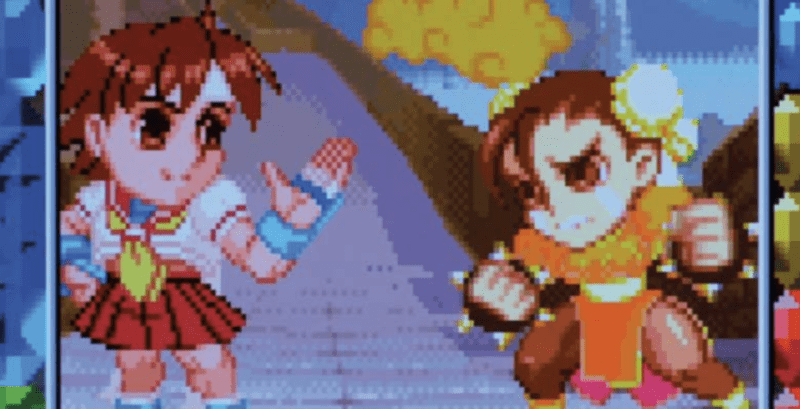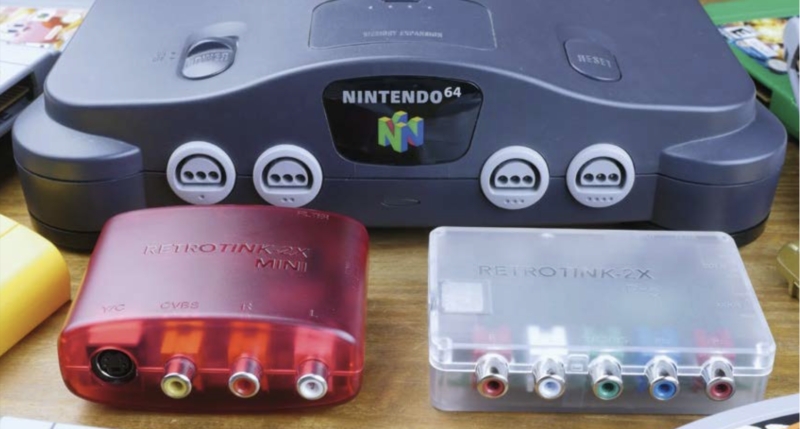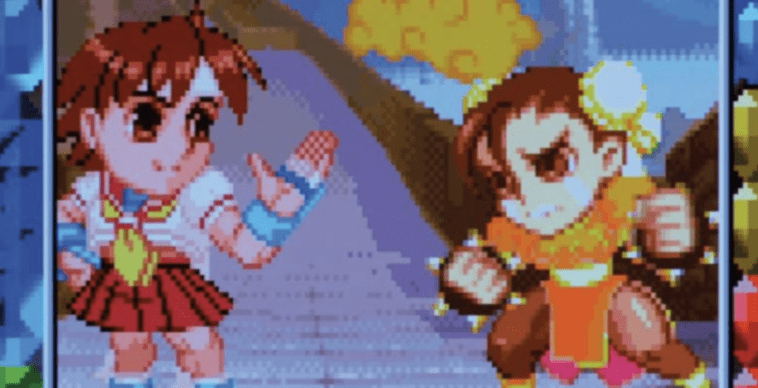Want to connect your retro console to your modern TV? The latest issue of Wireframe magazine has the only guide you need, courtesy of My Life in Gaming’s Mark Duddleson.
“Get a Raspberry Pi. Done.” It’s probably the most frequently recurring comment we get across all videos on the My Life in Gaming YouTube channel, which often revolve around playing classic games on original hardware. Not everyone has held onto their old consoles through the years, so I get it.

Software emulation, whether through a PC, Raspberry Pi, or any other device, is easy on your wallet and solid enough to give most people the experience they’re looking for.
But for me, the core of my gaming experience still tends to revolve around the joy I feel in using authentic cartridges and discs. But as you may have noticed, 2021 isn’t 2001, and using pre-HDMI consoles isn’t so easy these days. A standard CRT television is the most direct route to getting a solid experience with vintage consoles.

But let’s face it – not everyone is willing to work a CRT into their setup. Plenty of people are content with just plugging the cables that came with their old systems (usually composite) into their HD or 4K TV – and that’s OK! But whether for the blurry looks or the input lag they feel, this simply isn’t good enough for a lot of people.
Down the rabbit hole
“There has to be a better way,” you say as you browse Amazon’s assortment of analogue-to- HDMI converters, HDMI adapters like Wii2HDMI, or HDMI cables for specific consoles by a variety of brands. You might think these are just what you’re looking for, but remember: your TV has its own internal video processor. Just like your TV, they’re going to treat 240p like 480i. Not only is it unnecessary to deinterlace 240p, but doing so actively degrades the experience – motion- adaptive deinterlacing takes time, adding input lag.

That Sega Saturn HDMI cable is going to deinterlace your gorgeous 240p sprite-based games so hard that they’ll look like some sort of art restoration disaster in motion. The dark secret of these products is that you’re buying something you already own – a basic video processor designed for video, not video games, and the result will likely not be tangibly better than what your TV could do. The only reason to go this route is if you have no analogue inputs and could not possibly invest more than $30.
So what is the better way? The primary purpose of an external video processor is to send a properly handled signal to your TV that won’t trigger its lag-inducing processes and turn your pixels into sludge – basically any progressive resolution other than 240p. Luckily, there are several devices in various price ranges that are designed to do exactly this.
There is lots more to learn!
This is just a tiny snippet of the mammoth feature in Wireframe magazine issue 49. The main feature includes a ‘jargon cheat sheet’ and ‘cable table’ to make sure any level of user can get their retro console working on a modern TV.

If you’re not a Wireframe magazine subscriber, you can download a PDF copy for free. Head to page 50 to get started.
You can read more features like this one in Wireframe issue 49, available directly from Raspberry Pi Press — we deliver worldwide.
Website: LINK

